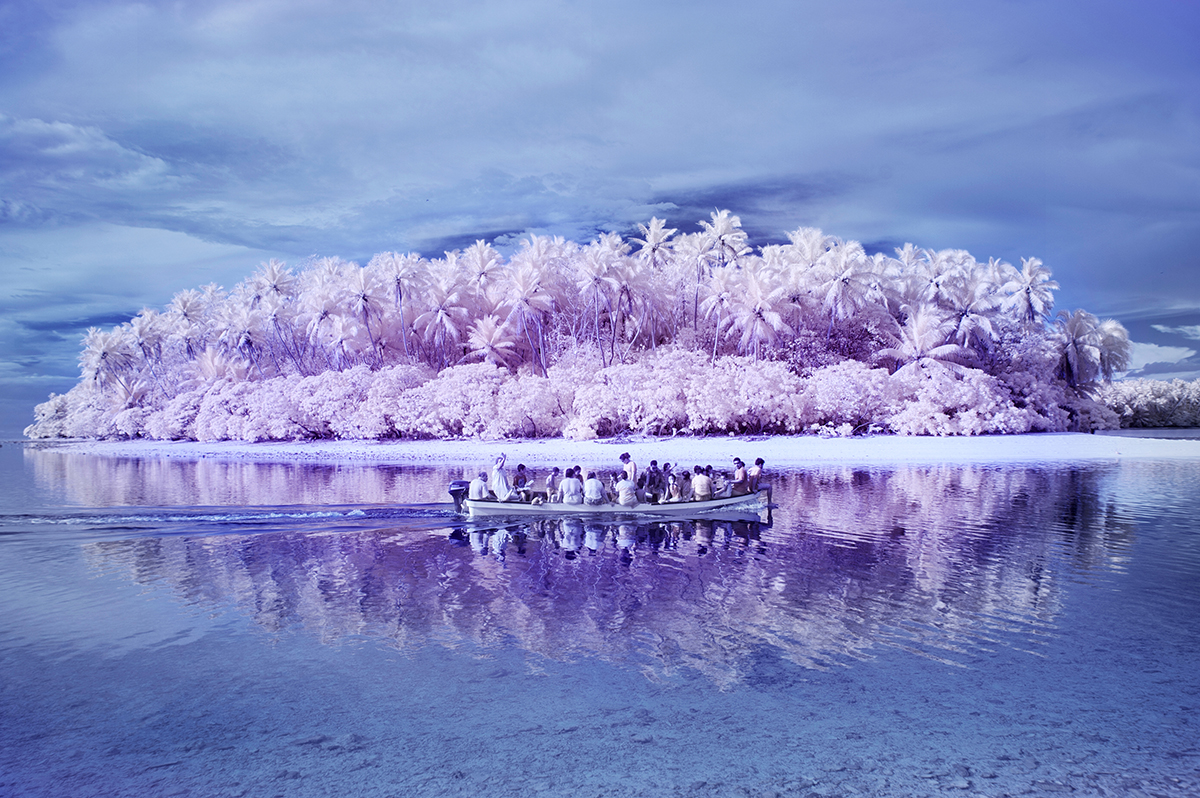The Island of The Colorblind
by Sanne De Wilde
In the late 18th century a catastrophic typhoon swept over Pingelap, a tiny atoll in the Pacific Ocean. One of the survivors, the king, carried the rare achromatopsia-gen that causes complete colorblindness. The king went on to have many children and as time passed by, the hereditary condition affected the isolated community and the islanders started seeing the world in black and white.
Achromatopsia is characterized by extreme light sensitivity, poor vision, and the complete inability to distinguish colors. In Micronesia achromats adapt to their reduced level of visual functioning (due lack of recourses like sunglasses and tinted lenses) by using visual strategies such as blinking, squinting, shielding their eyes, or positioning themselves in relation to light sources. Portraying the islanders that by their fellow Micronesians are referred to as ‘blind’ resulted in a conceptual selection of images that mask or empower their eyes, their face, or their ‘vision’ and invite the viewer to enter a dreamful world of colorful possibilities.
June 2016, A Pingelapese child is playing with fire. On the island they burn all the trash. At the same time, holding and moving around a burning branch is good to keep the mosquitos away. An achromatopic picture-painting, filled in with watercolorpaint by someone with achromatopic vision.
Color is just a word to those who cannot see it. If the colorblind people paint with their mind, how would they color the world, the trees, themselves? Daylight is to bright to bear, moonlight turns night into day. Flames light up in black and white, trees turn pink, a thousand shades of grey, a rainbow revisited.
June 2016, The parrot with its squinting eye half open was the beginning of the project; a 'tropical' symbol for colors. It was later colored by an achromatope not aware of which colors she was using (yet applying them quite correctly).
Color is just a word to those who cannot see it.
The picture paintings are part the project as unique art pieces, involving the achromatic participants as artists; taking part in the work. At the same time it is another way of trying to fix their gaze and translate how they see the world. The images I shot in Micronesia function as starting point for new achromatic imagery investigating color.
October 2015, Jaynard (achromatope) plays with a disco-light-torch I brought from Belgium. I asked him what he saw. He answered ‘colors’ and kept staring into the light.








